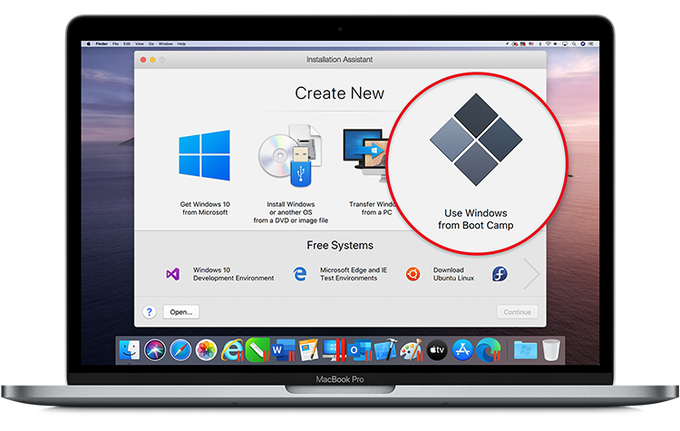

- #Windows parallel for macbook for mac os#
- #Windows parallel for macbook for mac#
- #Windows parallel for macbook mac os x#
- #Windows parallel for macbook serial#
- #Windows parallel for macbook drivers#
In 2007, the German company Netsys GmbH sued Parallels' German distributor Avanquest for copyright violation, claiming that Parallels Desktop and Parallels Workstation are directly based on a line of products called “twoOStwo” that Parallels developed on paid commission for Netsys, of which it says, Netsys has been assigned all copyrights. Please help update this article to reflect recent events or newly available information. A tool called Parallels Transporter was included to allow users to migrate their Windows PC, or existing VMware or Virtual PC VMs to Parallels Desktop for Mac. This version also allowed users to boot their existing Boot Camp Windows XP partitions, which eliminated the need to have multiple Windows installations on their Mac.
#Windows parallel for macbook mac os x#
A new feature known as Coherence was added, which removed the Windows chrome, desktop, and the virtualization frames to create a more seamless desktop environment between Windows and Mac OS X applications. This version brought the ability for users with a Windows XP installation to upgrade to Windows Vista from within the VM environment. In addition, a shared clipboard and drag-drop support between Mac OS X and the guest OS was implemented.

Full featured CD/DVD drives arrived in this version, which allowed the user to burn disks directly in the virtual environment, and play any copy-protected CD or DVD as one would in Mac OS X. The amount of video RAM allocated to the guest OS was made adjustable, up to 32MB. Version 2.5 brought support for USB 2.0 devices, which expanded the number of USB devices supported at native speed, including support for built-in iSight USB webcams. The first official release of version 2.5 was on February 27, 2007, as build 3186.
#Windows parallel for macbook serial#
#Windows parallel for macbook for mac#
Parallels Desktop for Mac is able to virtualize a full set of standard PC hardware, including For example, a running virtual machine can be stopped, copied to another physical computer, and restarted.
#Windows parallel for macbook drivers#
Because all guest virtual machines use the same hardware drivers irrespective of the actual hardware on the host computer, virtual machine instances are highly portable between computers.

Each virtual machine thus operates identically to a standalone computer, with virtually all the resources of a physical computer. Parallels Desktop for Mac is a hardware emulation virtualization software, using hypervisor technology that works by mapping the host computer's hardware resources directly to the virtual machine's resources. On January 10, 2007, Parallels Desktop 3.0 for Mac was awarded “Best in Show” at MacWorld 2007. Parallels agreed: “ Since we've got a great Mac product, we should make it look and sound like a Mac product.”, it was therefore renamed ‘Parallels Desktop for Mac’. This name was not well received within the Mac community, where some felt that the name, particularly the term “workstation,” evoked the aesthetics of a Windows product.
#Windows parallel for macbook for mac os#
Its name initially was ' Parallels Workstation for Mac OS X', which was consistent with the company's corresponding Linux and Windows products. Released on June 15, 2006, it was the first software product to bring mainstream virtualization to Macintosh computers utilizing the Apple–Intel architecture (earlier software products ran PC software in an emulated environment). is a developer of desktop and server virtualization software. 2.4.1.5 macOS Server guest operating system.2.4.1.3 Windows guest operating systems.2.2.2 Use of code from the Wine project.


 0 kommentar(er)
0 kommentar(er)
